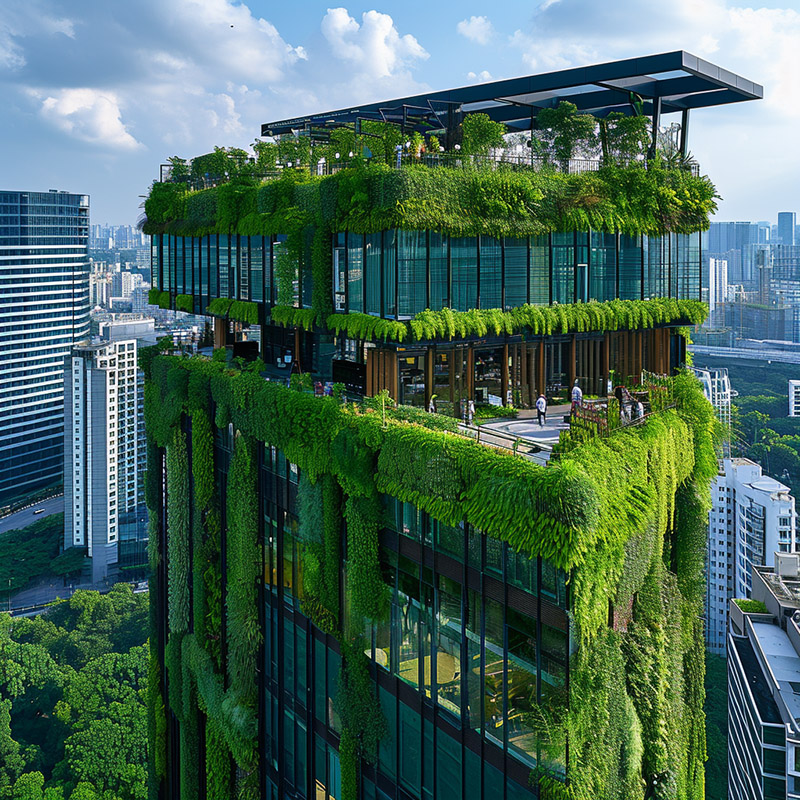
Green roofs are sprouting up more than ever before for both environmental and aesthetic reasons. These living spaces atop buildings offer surprising benefits that impact individuals as well as entire communities. As green roof technology advances, expect to see more cities embracing greenery in their architectural plans.
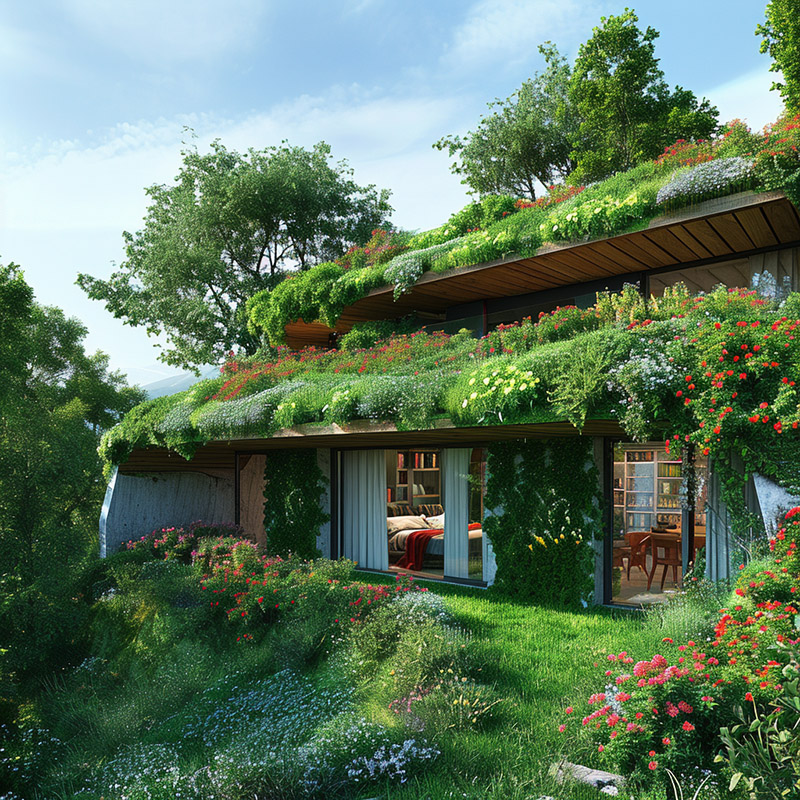
A green roof, also called a rooftop garden, is a layer of vegetation planted over a waterproofing system on top of a conventional flat or sloped roof. An engineered soil medium lies below the plants, providing stability, nutrition, drainage and protection for the roof. Plants utilized vary based on climate, design and needs.
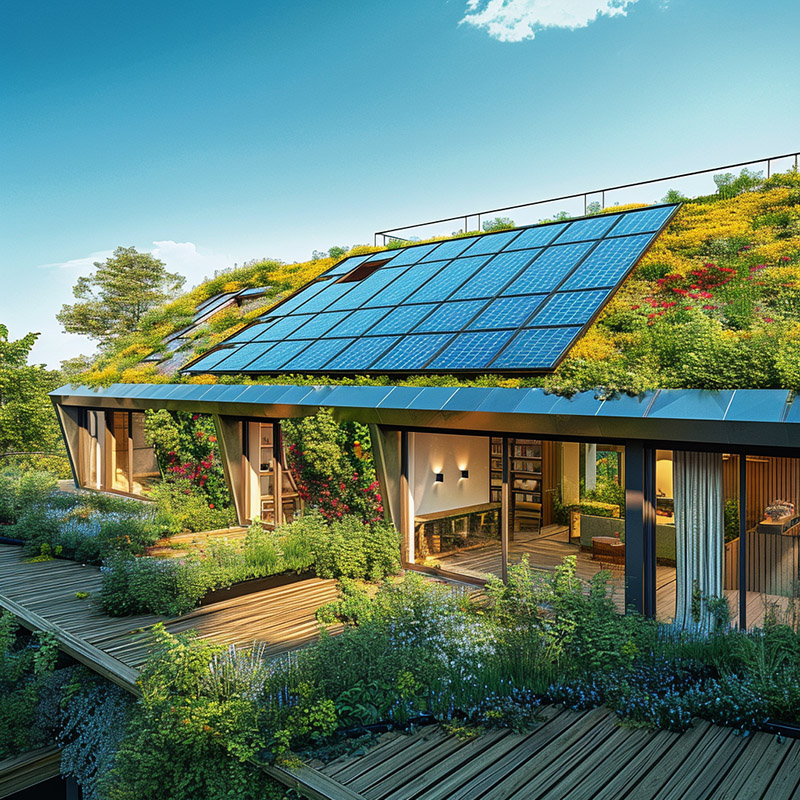
Installing a green roof brings ecological advantages to buildings. All plants absorb carbon dioxide and release oxygen through photosynthesis. Green roofs substantially shrink buildings’ carbon footprints by filtering out CO2. The soil also captures airborne pollutants and mitigates stormwater runoff.
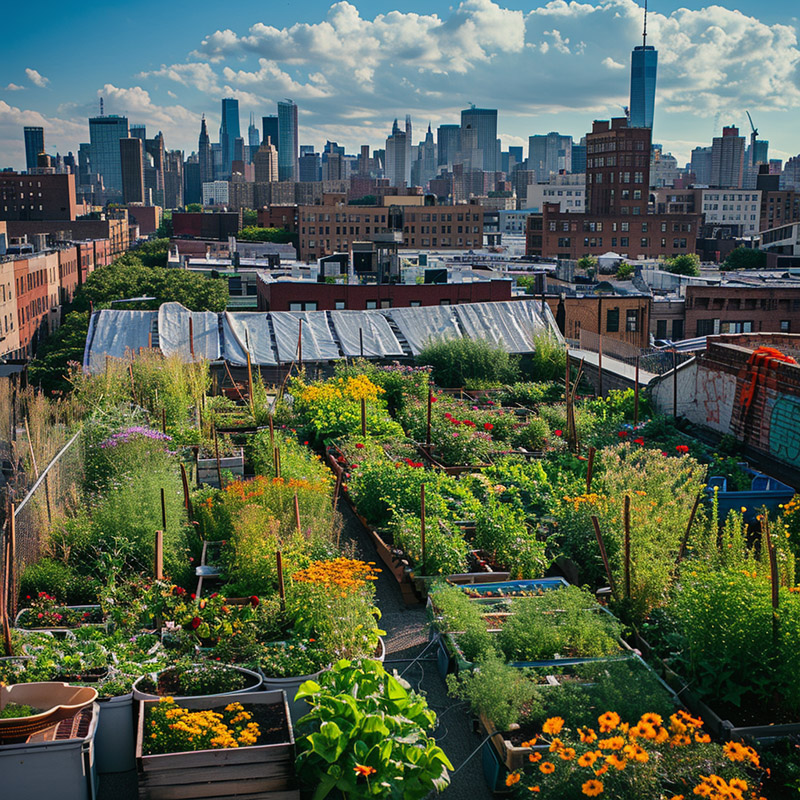
Green spaces cool localized air temperatures too. On hot days, rooftop vegetation helps reduce heat island effects that transform cities into sweltering concrete jungles. Lush greenery deflects solar radiation and releases moisture to naturally regulate temperatures around green roofs.
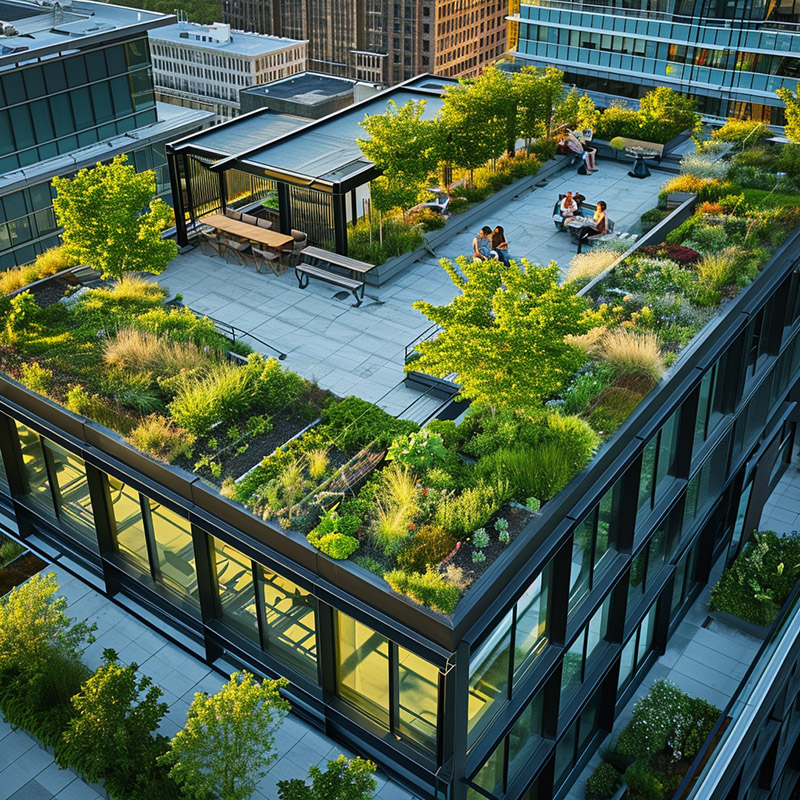
From an economic standpoint, the insulation qualities of green roofs decrease energy expenditures over time. Plants and soil stabilize temperatures inside structures. Owners spend less money cooling buildings in summer and heating them during colder months once green roofs are established.
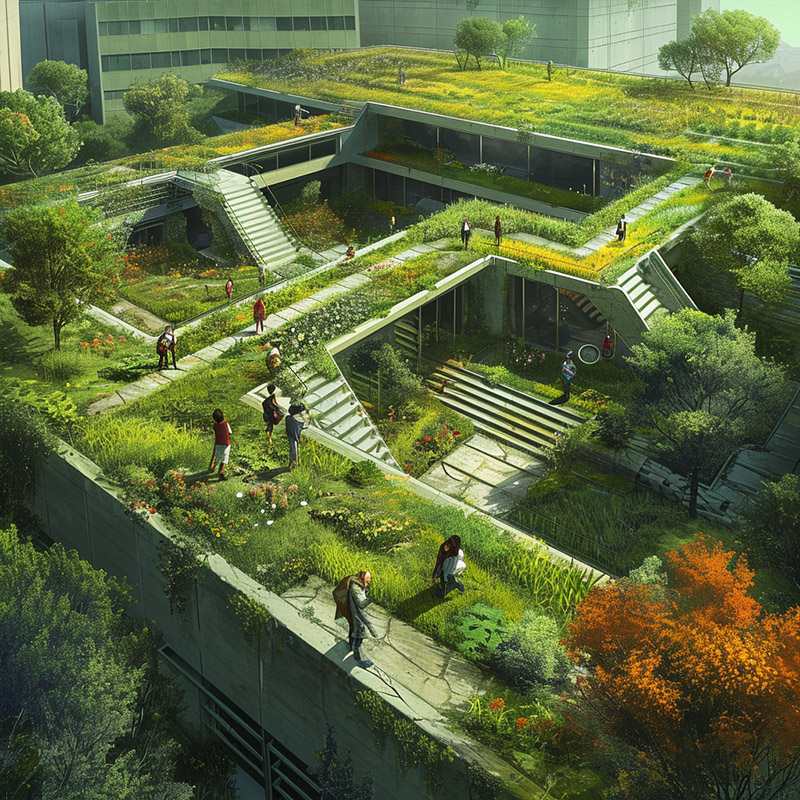
Property values tend to increase with aesthetically pleasing green roof features as well. Whether designed for occupation or visual delight, flowering grasses and herb gardens lend value via curb appeal. Green roofs boost morale for people peering out windows too, making them ideal for offices.
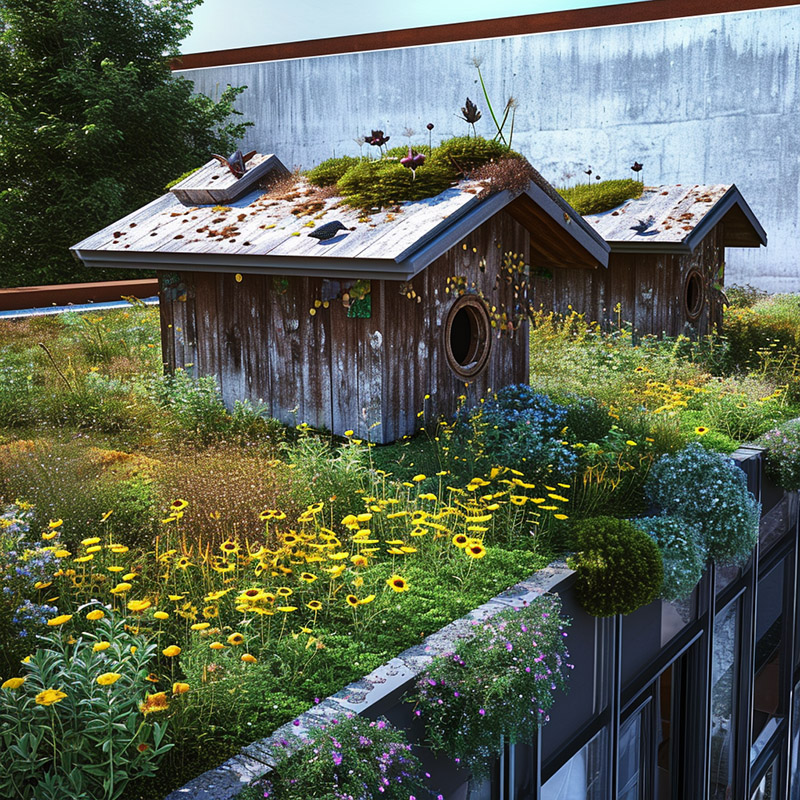
Installing green roofs often leads to tax credits and incentives as well because they benefit entire communities. Governments are eager to encourage green construction that reduces pollution, storm overflow and other environmental hazards.
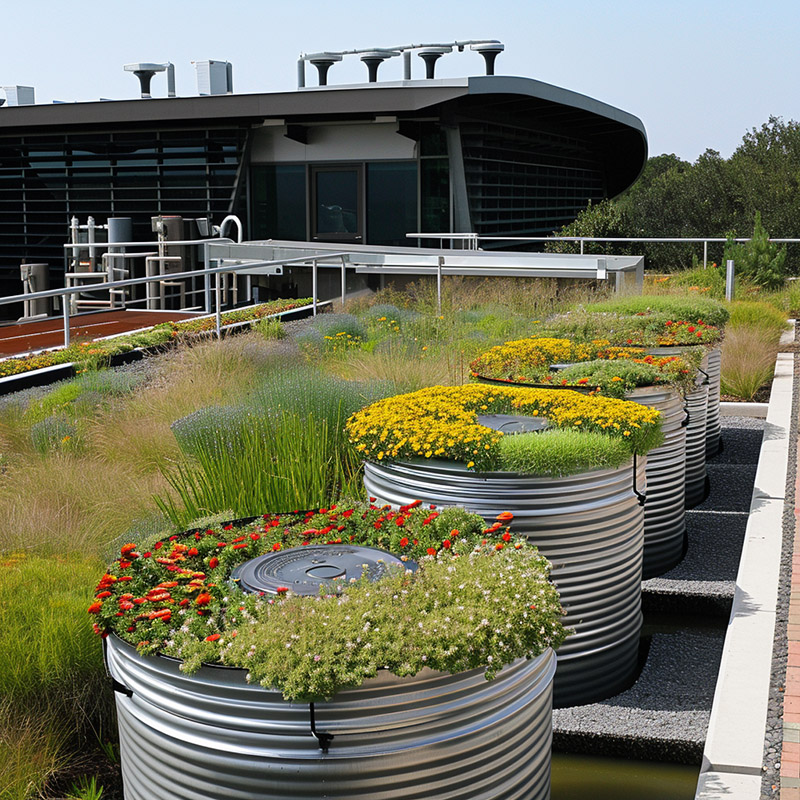
While upfront costs seem high, experts estimate green roofs can last 40 years or more when properly constructed. The long-term savings and environmental gains make them smart investments that quickly pay for themselves in many cases.
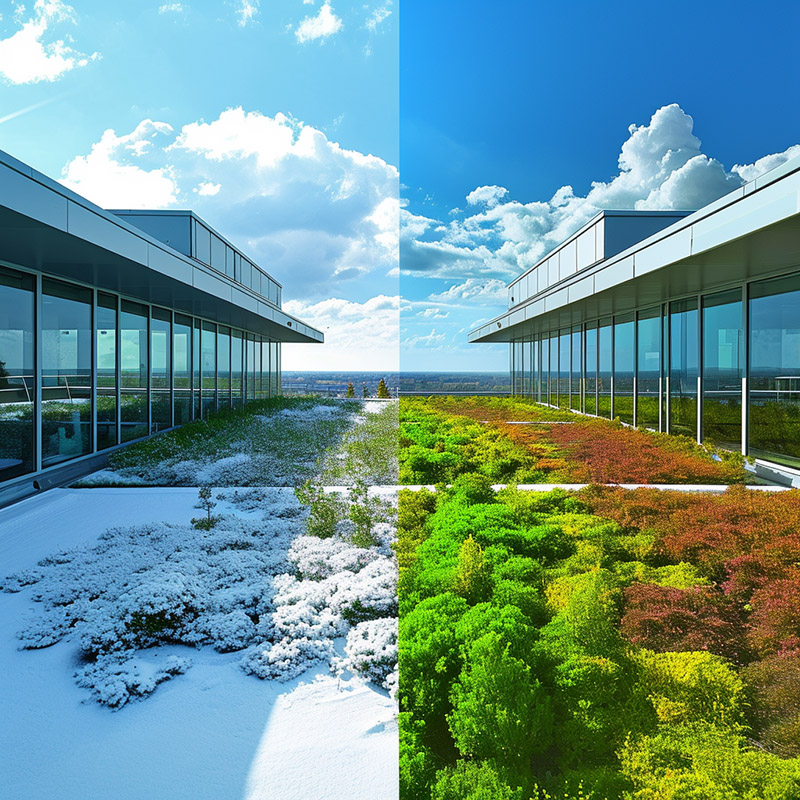
As more cities acknowledge the collective advantages of green architecture, policies are evolving to promote it. Forward-thinking urban planners now advocate for sustainable buildings outfitted with eco-friendly rooftop oases wherever feasible.
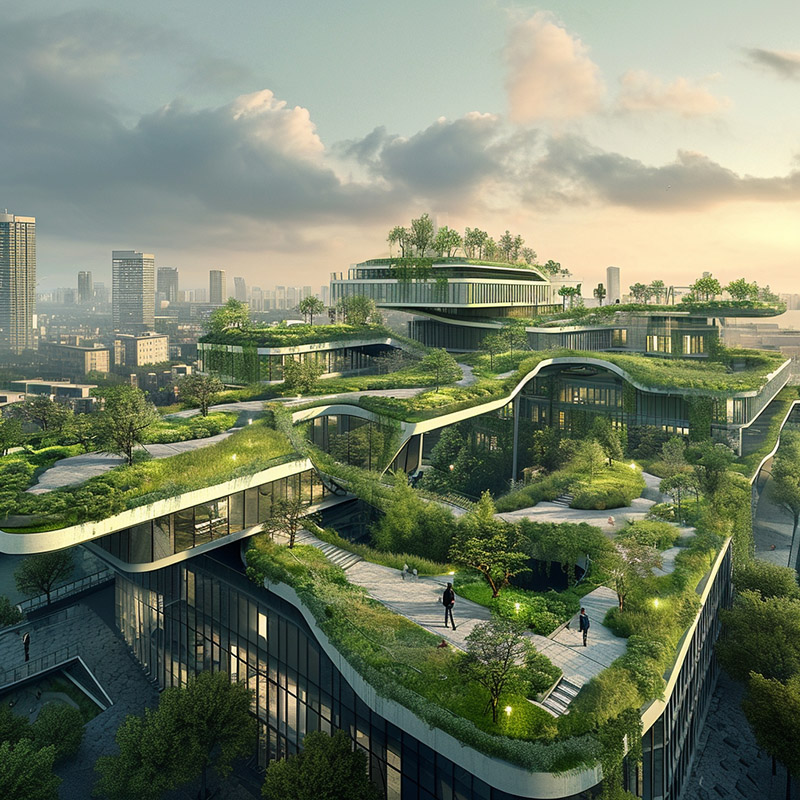
For home and business owners alike, green roofs bring beauty and purpose to formerly underutilized spaces. Their far-reaching impacts blend public and private good on many levels. Expect verdant new horizons as these living landscapes continue to blossom.
Green roofs composed of special infrastructure to support soil and plants are better than conventional roofs at insulating homes in winter and keeping them cool in summer, according to 2002 study results at University of Toronto.
"We found that, on the whole, the green roof was better at protecting the delicate roof membrane - one of the most sensitive parts of a roof's infrastructure - from extreme temperatures than a conventional roof," says Professor Brad Bass of the Institute for Environmental Studies and a researcher for Environment Canada's Adaptation and Impacts Research Group.
Bass and his colleagues at the National Research Council constructed an experimental roof - half being a traditional flat roof and the other half, with a six-inch layer of soil and wildflowers on top of a special drainage layer and a root-repellent, waterproof membrane. The researchers found that the green roof was effective at maintaining a cooler summertime roof surface temperature, reduced storm water run-off and kept summer temperatures inside the structure lower due to the cooling effect of the vegetation.
"The green roof acts as insulation," Bass explains. "The vegetation on the roof also provides shade and returns moisture back to the atmosphere, preventing a significant amount of solar energy from being absorbed by the roof." Funding for the study was provided by the Climate Change Action Fund with contributions from private roofing firms and Environment Canada.